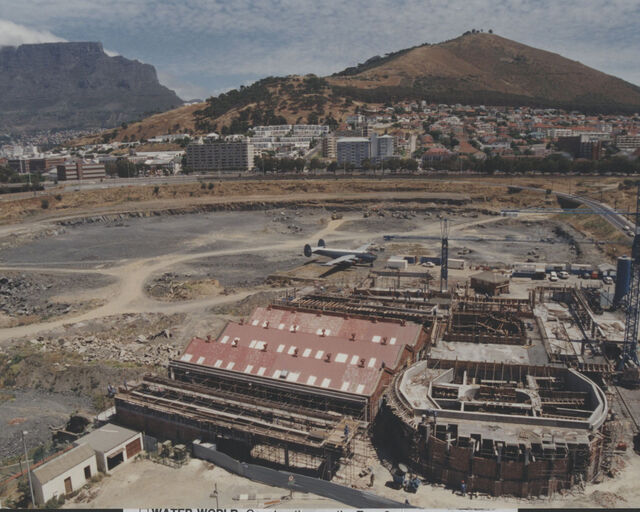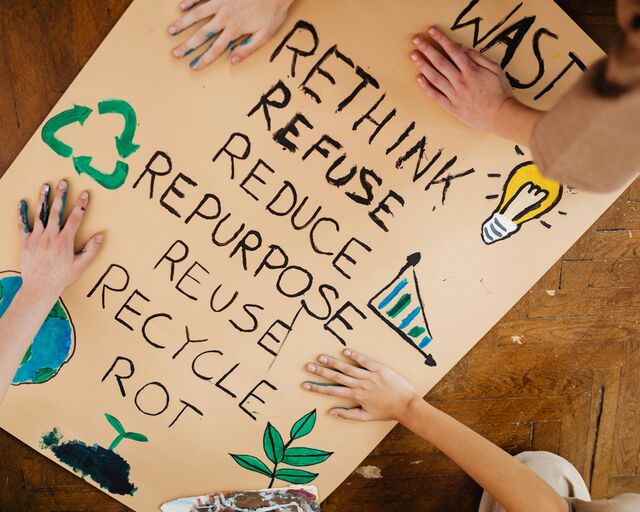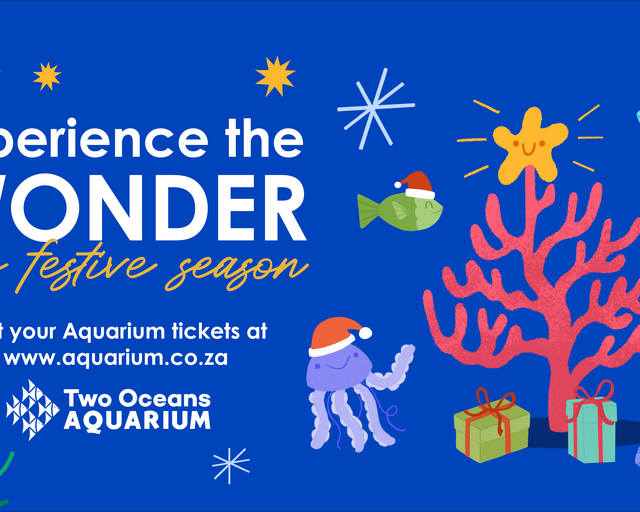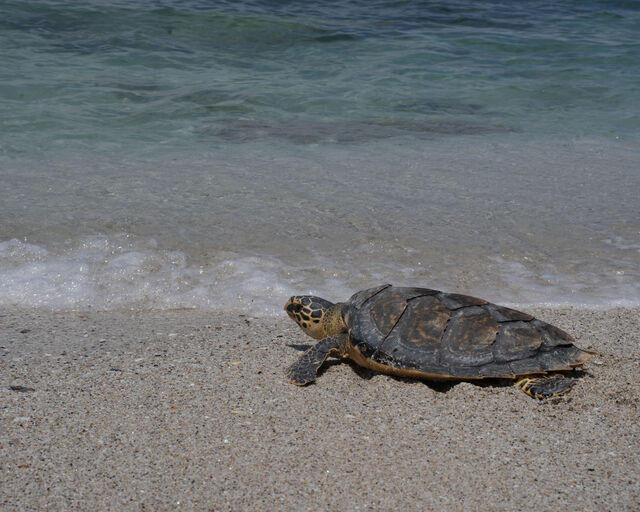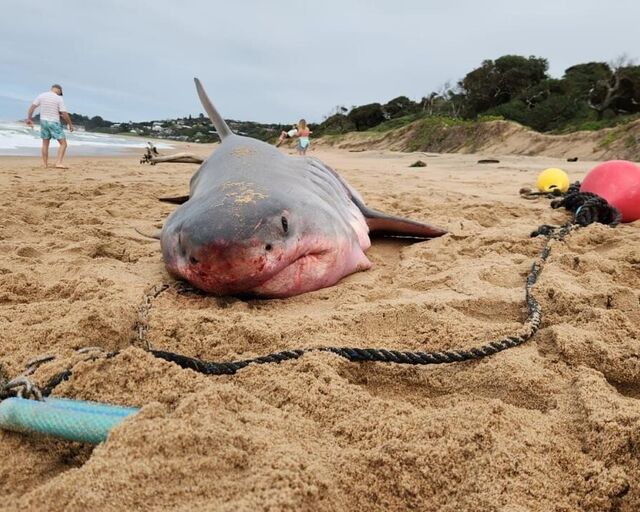This Endangered Species Day, meet some of the threatened species at the Two Oceans Aquarium

South Africa is home to incredible species diversity, from its wild ocean to the rugged mountains. Unfortunately, many of these species are threatened with extinction. Today, Endangered Species Day, is both a celebration of this diversity and a warning that it will not last forever.
At the Two Oceans Aquarium, we believe in the power of education for conservation – in everything we do, we strive to inform and inspire all to protect our ocean and its inhabitants. As a part of this mission, we proudly house several endangered marine species. These animals are ambassadors for their species’ plights, informing and encouraging visitors to learn more and act for their protection.
What does “endangered” mean?
What better organisation to consult about endangered species than the International Union for Conservation of Nature (IUCN)? In 1964, the IUCN established the Red List of Threatened Species, and it has evolved to become a globally renowned resource on the extinction status of animal, fungus, and plant species.
Currently, there are over 169 000 species on the Red List, with over 47 000 of those threatened with extinction. Not only is the Red List a critical indicator of the health of the world’s biodiversity, but it is also a powerful tool to ignite action for the future of our planet and its inhabitants.
The IUCN has outlined the following baseline indicators for when a species is considered endangered: It has experienced a 50 – 70% population decrease over 10 years, has a restricted geographic area of less than 5 000km², or a population size of less than 2 500 breeding adults. Multiple factors contribute to this status, including habitat loss, climate change, overexploitation, pollution, and the introduction of invasive species.
What endangered species can you see at the Aquarium?
Western leopard toad
These quirky amphibians are endemic to the Western Cape, which means our province is the only place in the world where you’ll find them. Western leopard toads live in sandy coastal lowlands, valleys, and mountain slopes – this means they are common residents in back gardens near Cape Town’s wetland areas like Zeekoevlei. With their beautiful patterns and hypnotic eyes, these toads are beloved residents of Cape Town.
Unfortunately, humans are one of the primary causes for the Western leopard toad’s endangered status. When the winter rains start to fall, the toads migrate from residential areas to water for the breeding season. This migration is fraught with danger, as they have to navigate suburban roads at night and in the rain. As one can guess, their mortality rate is extremely high.
Another reason for their endangered status is the increased urbanisation of wetland areas, leaving the Western leopard toad with a steadily decreasing habitat.
In fact, the toads easily met all the IUCN’s requirements to be considered endangered: Their population is severely fragmented, with an area of occupancy of just 405km². This is made worse by the continuing decline in the extent and quality of their habitat due to increased urbanisation and agricultural expansion.
The Western leopard toads at the Aquarium are all permanent residents after suffering severe injuries from encounters with humans, like Lego, who lost a leg after being hit by a car, or Todd, who was sprayed with insecticides.
Knysna seahorse
Knysna seahorses can only be found in three places in the world! Nestled amongst the seagrass in the estuaries of Knysna, Swartvlei, and Keurbooms, these delicate little fish are a truly unique part of South Africa’s ocean environment.
Interestingly, Knysna seahorses are the first seahorse species to be listed in the IUCN’s Red List. This comes as no surprise, as the species’ primary habitat, the Knysna estuary, is one of the most heavily used water bodies in South Africa. This ecosystem is under increasing threat from urban development, resulting in a direct flow of pollution, suspended sediment, and other runoff into the seahorses’ homes. Urban development is also known to deposit trace metals, pesticides, and organic wastes into the estuary.
Boat activity in the estuary continues to increase, having a significant impact on the seagrass habitats. Knysna seahorses are relatively fragile with poor swimming abilities, relying on plant holdfasts (like eelgrass) to stay stable in the currents. As less and less seagrass can be found, strong currents are much more likely to sweep the seahorses out to sea, while silt depositions could smother their habitat or clog their gills.
Knysna seahorses are protected by laws that prohibit catching, importing, or disturbing them in their natural habitat, but their numbers remain in decline.
African penguin
The African penguin is a unique part of South Africa’s ecosystem – their charismatic mannerisms and signature waddle endear them to even the hardest of hearts. Not only are they the only penguin species in Africa, but they are also a huge drawcard for ecotourism.
In 2024, African penguins were “uplisted” to critically endangered status on the IUCN’s Red List, but their populations have been in peril for far longer.
In the early 1900s, up to three million individual African penguins lived across the species’ range along the Namibian and South African coasts. However, egg harvesting and guano removal decimated their populations by the mid-1950s. Current-day pressures like overfishing, habitat loss, pollution, and food shortages are pushing this species to the brink. The current African penguin population is at the lowest numbers ever recorded. With so few individual birds in the wild, the population will be functionally extinct by 2035. This means that the population will be so small that it will no longer be able to breed enough to increase numbers again.
In 2023, the #NotOnOurWatch campaign was launched to raise awareness of the urgent plight of African penguins. The campaign aims to create a movement and raise awareness about the need for urgent action to reverse the decline of the African penguin population in the wild. It also builds pride in African penguins as a unique and charismatic part of South Africa's incredible biodiversity.
You can read about #NotOnOurWatch and find out how you can help here.
Red stumpnose
Red stumpnose are an iconic part of our Kelp Forest Exhibit – the males are instantly recognisable with their bulbous foreheads, while the females are an eye-catching bright red. They are listed as endangered on the IUCN’s Red List.
Red stumpnose are endemic to South Africa, known to inhabit depths of between 10 and 150 metres from Cape Point to East London. Red stumpnose are associated with reefs and kelp forests, feeding on a wide variety of invertebrates like crabs, urchins, and octopuses.
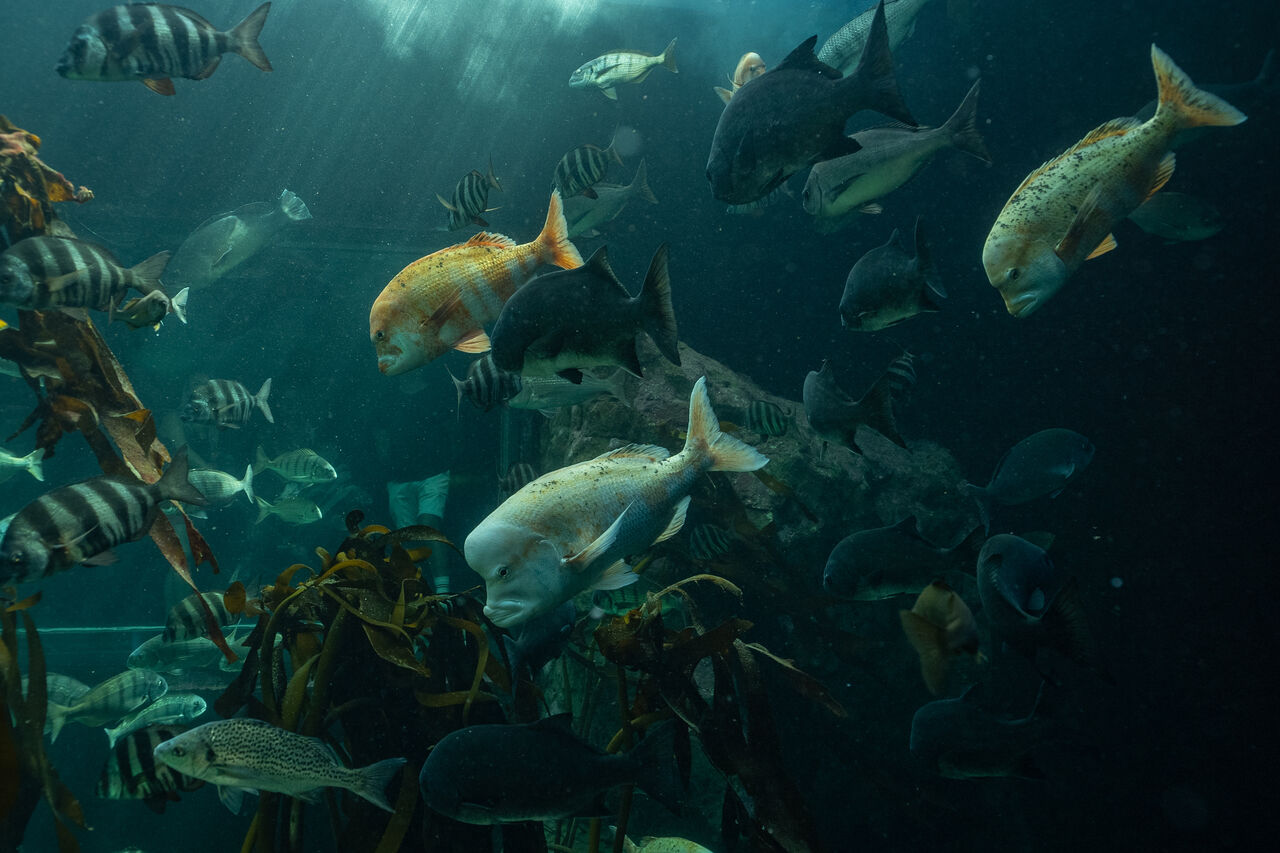
Unfortunately, factors such as their slow growth rate, high residency, and shoaling behaviour make them vulnerable to overexploitation. Red stumpnose are mainly targeted by commercial and recreational fishers. The greatest threats are localised overexploitation in areas where red stumpnose are a sought-after food source and can be dependably found in large groups. This type of exploitation may have a ripple effect on the community structure of the entire ecosystem, lowering its productivity and hindering its links to the pelagic food web.
In recent years, bag and size limits have been enforced for the fishing of red stumpnose, but their numbers may take years to recover.
How can I help South Africa’s endangered species?
Commercial fishing has decimated global fish populations and negatively impacted thousands of other marine animal species.
WWF created the Southern African Sustainable Seafood Initiative (SASSI) to help people make better choices when purchasing seafood. Their extensive list of seafood options available in southern Africa is split into an easily understood colour system: Green (good choice), orange (think twice), and red (don’t buy). You can make a difference in maintaining the balance of the ecosystem by choosing sustainable seafood.
For more information, visit the WWF SASSI website.
Our teams see the impact of plastic pollution every day: The Marine Wildlife Management Programme frequently disentangles Cape fur seals ensnared by plastic cords, cables, ropes, and discarded fishing gear. The Turtle Conservation Centre rescues turtles that have ingested plastic or been entangled in discarded fishing gear.
Trash Bash, our regular beach cleanup, is about making a positive difference in the ocean’s health. The small action of interrupting the cycle of pollution at the shore sparks a ripple effect for the future of the ocean.
Our upcoming Trash Bash is being held tomorrow at Lagoon Beach. Join us in making a difference!
The African penguins need our help! Contact the authorities to ensure they are doing their best to look after this species. You can email Barbara Creecy, Minister of Forestry, Fisheries, and the Environment, via the #NOOW website.
Studies estimate that by 2050, there will be more plastic by weight than fish in the ocean. The scarier thing is that plastic cannot break down, biodegrade, or become part of the natural system again. Instead, plastic breaks up infinitely – a single-use water bottle will break into smaller and smaller pieces until even plankton mistakes it for food.
You can make a difference by replacing your takeaway coffee cup with a reusable mug, saying no to straws, keeping reusable shopping bags, and recycling.
Related News
Sign up to our Newsletter
Receive monthly news, online courses and conservation programmes.
